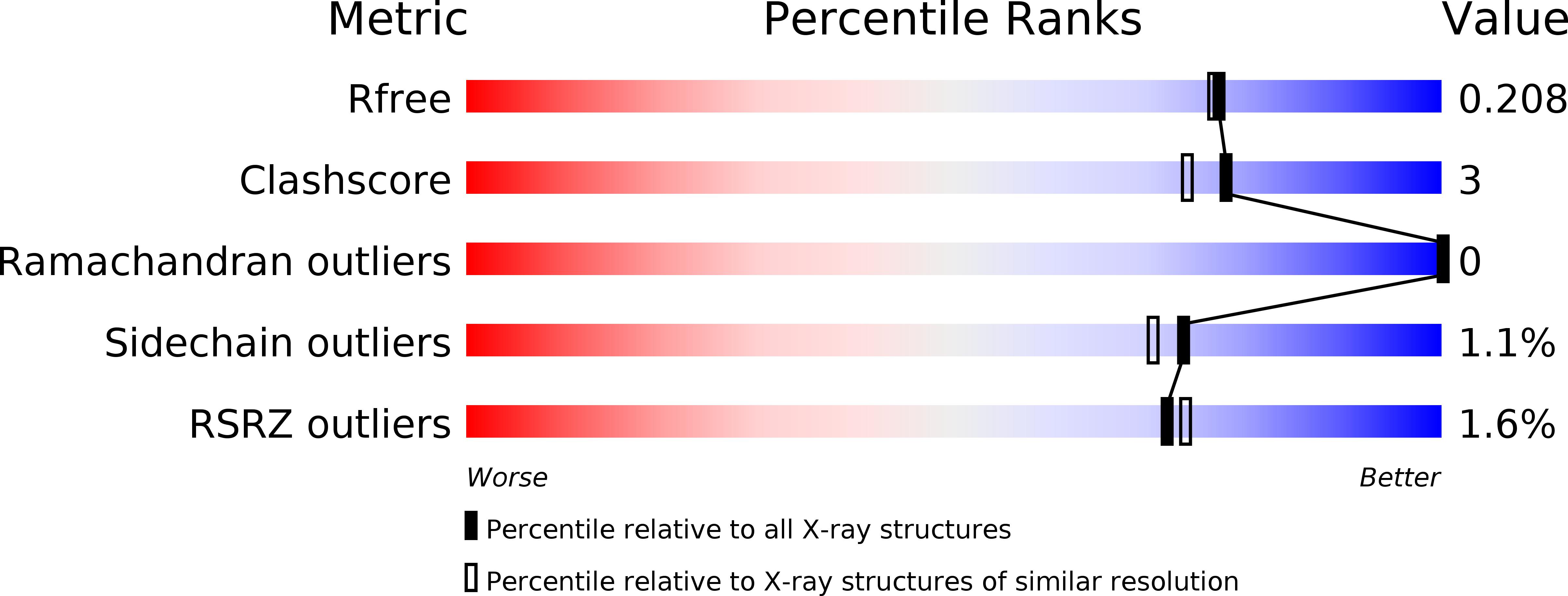
Deposition Date
2016-12-12
Release Date
2017-07-12
Last Version Date
2024-01-17
Entry Detail
Biological Source:
Source Organism:
Pseudomonas aeruginosa (Taxon ID: 287)
Host Organism:
Method Details:
Experimental Method:
Resolution:
1.88 Å
R-Value Free:
0.19
R-Value Work:
0.17
Space Group:
P 21 21 21


